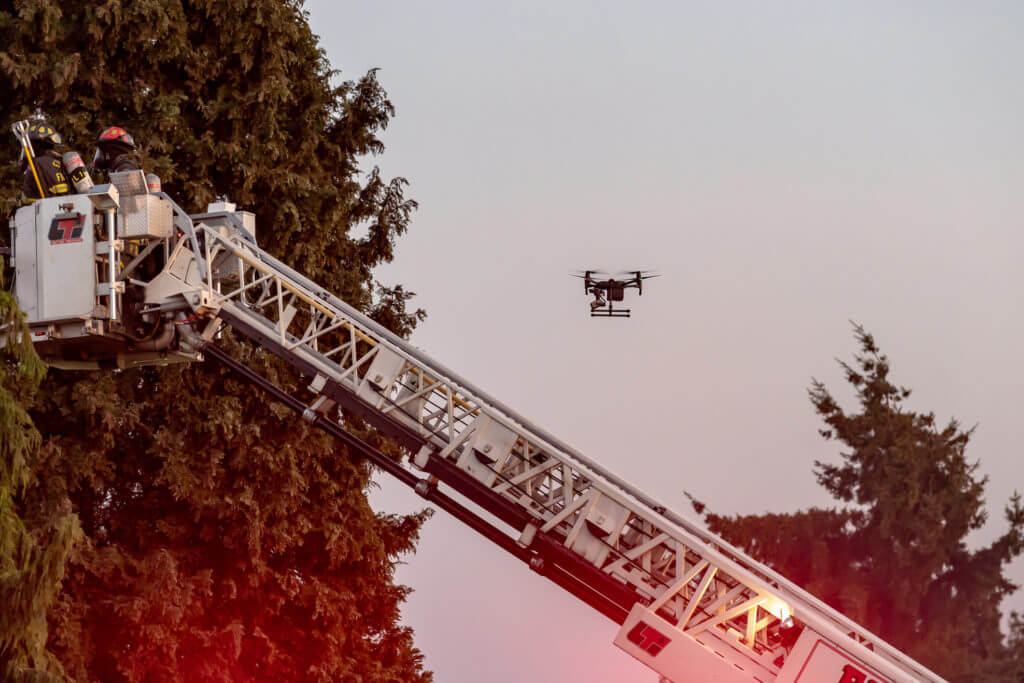Frequentis and A1 Telekom Austria have developed a system to expose drone violations to public safety authorities, as electronic identification rules are phased in.

Drones provide an innovative and cost-effective way to deliver services, but the potential for misuse or danger to other airspace users is cause for concern. Rules for compulsory registration and electronic identification are about to be phased in, in Europe, to ensure safe integration and the potential for intervention. Frequentis has partnered with A1 Telekom Austria to create a powerful application for this purpose.
For drones to be used safely and responsibly, Frequentis has begun trialing a smart hook-on-device (HoD) for drones, which includes a special modem and a SIM (Subscriber Identity Module) with a unique identifier. This allows the drone to be recognized and monitored. The smart HoD includes an integrated GPS so the drone’s position and point of departure are also known.
“The number of drones in the sky per day is set to dramatically surpass the number of passenger flights in the coming decade. Currently the police and air traffic authorities are unable to identify individual drone users or intervene if a drone deviates from its intended flight path or enters restricted airspace. Creating this application will ensure drones are identifiable and that the police or authorities can get involved when needed,” said Norbert Haslacher, CEO of Frequentis.
Compulsory drone registration and electronic identification will be phased in from 2020.
“Mobile cellular networks can provide a lot of benefits to the future management of drones. Besides the registration and identification of drones and their owners, they can also track and steer the drone during its flight — even beyond visual line of sight (BVLOS). Mobile network technology is powerful for reliable, high-speed and real time transfer of any kind of drone sensor data (payload data). Mobile networks also have a track record of ensuring privacy and data protection,” said Thomas Arnoldner, CEO A1 Telekom Austria Group.
Essential requirements, produced by connectivity specialist Dimetor, have also been considered in the development. Requirements include processing and providing real-time connectivity information for safe drone flight planning and payload data handling, based on the mobile network data measured by the HoD. The HoD was successfully tested during a European U-space demonstration.
“We are excited about this joint initiative. Combining the information gathered from the smart hook-on device with our machine learning algorithms results in most reliable and accurate connectivity data and analysis for flight planning, clearing and in-flight operations. Another important step to make safe BVLOS drone operation in cellular networks a reality worldwide,” said Thomas Wana, CTO at Dimetor.
More details on this topic will be given by Jan Ziegler in his presentation: “Integrated mission control of drones from the Control center,” at this year’s PMRExpo, Nov. 28 at 1 p.m. in the Offenbach Hall.









